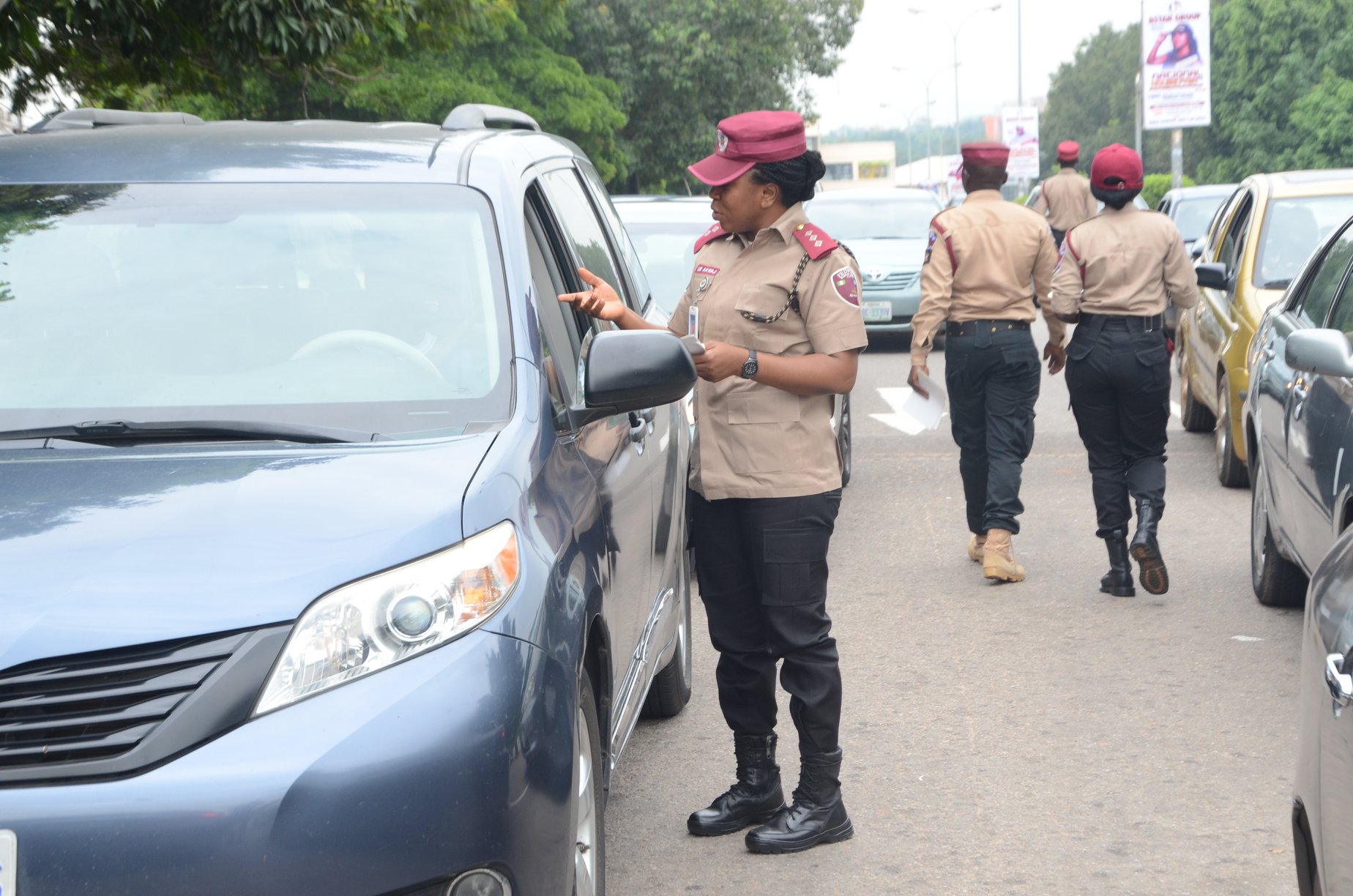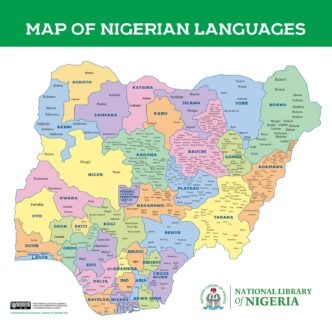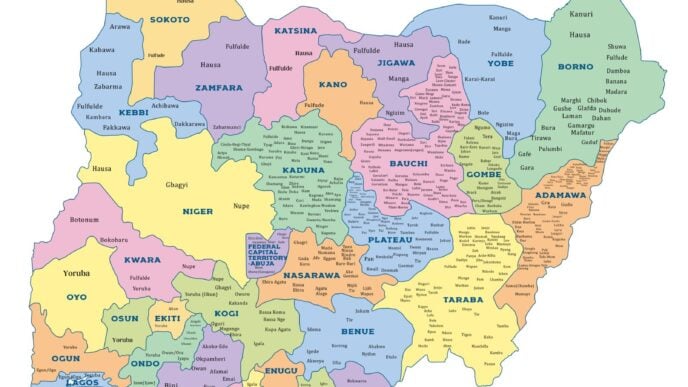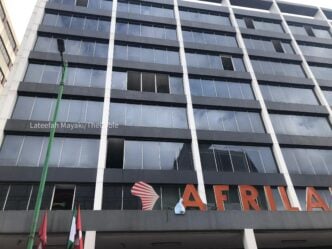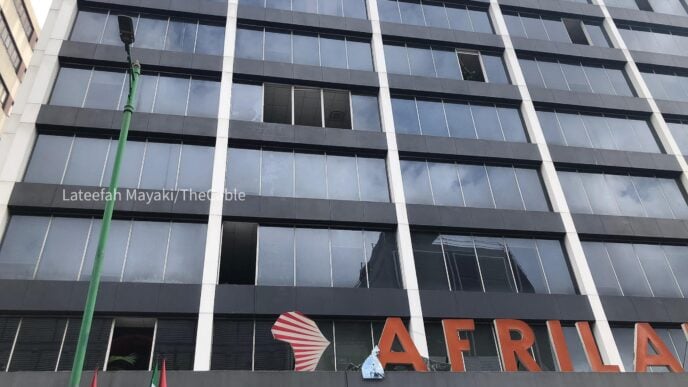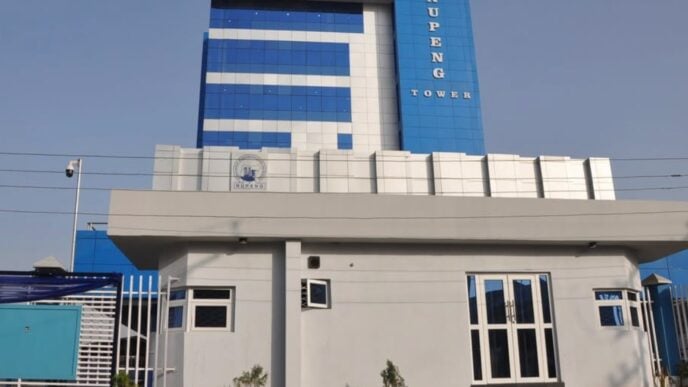BY ALIMI ADAMU
The Federal Road Safety Corps (FRSC), the lead road safety management agency in Nigeria, is responsible for managing and ensuring the safety of motorists and other road users on the nation’s highways. This obligates the corps to formulate a framework and develop measures for managing safety risks, reducing crash rates, minimising fatality and severity of crash and crash-related injuries. It is also expected to identify areas of needed intervention and take proactive steps to prevent road crashes.
Effective road safety management requires a deep understanding of the scope of the problem and the competence to develop appropriate countermeasures for managing the consequences of road mishaps. Mechanisms must also be instituted to evaluate, select and monitor remedial measures, and to midwife expected outcomes. It calls for an admixture of accurate crash and safety data.
Crash data involves forensic collation of the facts and figures gathered at a crash scene, like the date, time, and location of an occurrence, the type of crash and vehicle involved, and the severity level and property damage. Since the data is generated in situ, it is generally considered reliable as a main source of research, and useful in monitoring trends, patterns and risk locations.
Advertisement
Safety data provides a comprehensive understanding of the status of safety on the roads. It is an aggregation of crash data and its derivative factors like road condition, traffic volume, designated speed limit, medical system quality and traffic law enforcement. It also records key participants’ behaviour, like the use of seat belts and phones, and drunkenness that contributed to the crash. Safety data is useful in risk assessment and prevention, diagnosing the causes and the contributory factors of crashes; selecting treatments; and developing and monitoring the performance of road safety initiatives. In addition, it is useful for raising awareness of the magnitude of road crash-related injuries and deaths, convincing policymakers of the need for action, and guiding resource allocation.
The quality of input data is fundamental to the accuracy of research analyses and output. Incorrect data would result in faulty deductions and designing ineffective countermeasures. Therefore, to ensure the efficacy of safety reports and enhance decision-making, the underlying data must be measurable, complete, consistent, valid, timely, unique, reliable and accessible. This begins with the data collection method. To enable comparison across countries, the World Health Organisation, in its Global Status Report on Road Safety, advocates the need for standardisation or uniformity in how data is collected and presented. The need to address the integrity of data collection and presentation methods, is where road safety management presents complex challenges, especially for low-income countries, including Nigeria.
Generally, low-income countries lack adequate facilities for road safety research, resulting from limited capacity for gathering, collating, and analysing data. Policymakers rarely prioritise safer road initiatives therefore, they often fail to allocate adequate resources for developing relevant data. Rather than viewing the initiatives as independent budget item, oftentimes, they link or subjugate them to other development priorities like infrastructure network development, policing, and judicial reform. But then, even if policy decision or resource allocation is not controllable by the lead safety management agency, the discretion as to how to properly utilise available resources in the performance of its functions is usually controllable by the agency. This is where the necessity arises to score FRSC’s stewardship in its role as the premier road safety management agency in Nigeria.
Advertisement
The body, FRSC, collates statistics on road crashes in Nigeria and publishes the results in a quarter-yearly report, the FRSC Statistical Digest. The inaugural edition of the Digest was released for 1st Quarter, 2015. It debuted as a relatively comprehensive work that is rich in statistical content, format and presentation. The Editor’s Suite (Editorial Page) boasts of robust data management as one of the corps’ cardinal plans. Now, over ten years since the launch, the publication is anything but a citadel of robust data management or a reliable source of research into its core activities.
Analysis and comparison of the maiden edition with subsequent publications beginning with that of the 2nd Quarter, 2015, show deficiency and unreliability in content and presentation. The modern iteration has markedly departed from the tone of the maiden edition, with the latter being intellectually sloppy, replete with errors and gaps in data, and deficient in linkage and uniformity. It omits key variables for integrating crash data with explanatory datasets and fails to identify contributory factors to, or describe the outcomes and circumstances of crashes.
In the 1st Quarter, 2015 Digest, the FRSC’s nerve centre, the Operations Department, declared total war on overloading, which it touted as “a clear indication of the efforts put in by the department in curtailing the excesses of our motorists”. To buttress its seriousness in curtailing the excesses, it renders statistical summaries of offenders and offences, and a summary of arrests on riding motorcycle without crash helmet.
The inaugural edition also provides a summary of offenders and offences, which format is repeated in the 2nd Quarter publication. In a classic example of inconsistency in collection and presentation of statistics, the 3rd and 4th Quarter editions failed to reflect the number of offenders, and showed the summary of offences only. This omission makes statistical comparison impossible.
Advertisement
In addition to the raw statistics, the 1st and 2nd quarter reports computed arrests arising from the Total War on Overloading on percentages basis by weighing the figures for each zone against the national total. For example, the 1st Quarter returned 3,438 combined arrests nationwide. Of this number, Gwagwalada Zone recorded the highest violators, with 751. This represented 24% of the national total. The Percentage summation was omitted from the 3rd and 4th Quarter editions. While the supporting data for deriving the percentages is available, the graphical summation is helpful for consistency in presentation and ranking.
Next, the content of each quarter publication for the year differs from others. Quarters 3 and 4 reports are presented in comparative format, whereby Quarter 3 is compared with Quarters 1 and 2, and Quarter 4, with Quarters 1, 2 and 3. This comparative analysis is absent in the Quarters 1 and 2 Digests. For Quarter 1, one may argue that there was no basis for comparison since the preceding period predated the publication. The argument is not tenable because Table 11 of that edition compared Zonal NDL production with the figures for Quarter 4, 2014 – a period equally before the advent of the Digest. The reporting on the Total War could have adopted the Table 11 model and compared the statistics for Quarter 1 with those of Quarter 4, 2014. As for Quarter 2, this had the basis for comparison but totally eliminated any pretexts at the exercise.
There is a glaring omission in the Operations Department’s that must be addressed. It failed to capture or render statistics on the casualties or number of people involved in bicycle, motorcycle and tricycle-related crashes. This failure is ironic because walking and cycling across or along the roads have been identified as some of the main crash types on the world’s roads. Pedestrians, motorcyclists and cyclists who are more particularly vulnerable to road crashes and face increased risks of serious injuries and deaths are often overlooked in statistical analysis. This omission by the Department increases the degree to which road traffic crashes (RTC) are considerably underreported in Nigeria. It implies a possible distortion of the outcomes of the research and can negatively impact the development of countermeasures.
The Motor Vehicle Administration returns statistics on National Drivers’ Licence (NDL) and Licence plate production. Quarter 1 reports on the number and categories of NDL produced for the states. Although the categories are denominated by vehicle-user types into private, commercial, motorcycle and diplomatic, only private and commercial NDLs were reported produced for the period.
Advertisement
Quarter 1 report weighed the private NDL production against the national total to derive a percentage ranking for each state. The weighing was not extended to commercial vehicles. Not only that, analysis of private NDL production was abolished in subsequent editions. The abolition of private NDL production makes it impossible to achieve standardisation or uniformity, and, for that matter, inter-country comparison.
The NDL production is classified by age category and sex (gender). The age category is grouped into 3. The age sub-grouping is of limited utility as the report did not indicate the basis of the division.
Advertisement
In addition to the state NDL production, Quarter 1 statistics included the Zonal analysis, which is identified by vehicle user-type into private, commercial and motorcycle. The report, as previously stated, compared the Zonal production for Quarter 1 with the figures for Quarter 4, 2014, the latter of which predated the inaugural edition of the Digest. This Zonal analysis was abandoned in subsequent editions.
First Quarter, 2015 also reports monthly requests for production and dispatch of motor vehicle and motorcycle number plates by MDAs, Military, Paramilitary and Diplomatic Corps, but the analysis was omitted in the 2nd, 3rd and 4th Quarter editions.
Advertisement
Quarters 2, 3 and 4 compared the NDL production for the States. Quarter 2 compared with Quarter 1, and Quarter 3 with Quarters 1 and 2, etc. This analysis is not recorded for Quarter 1, to conform it with the Zonal production, which compared with Quarter 4, 2014. Additionally, the analysis for Quarter 2 compared with Quarter 1 data to extract the difference. The difference report is omitted for Quarters 3 and 4.
The class of vehicle number plates produced in Quarter 1 are reported on a monthly basis and identified by motor vehicle, motorcycle and reprint. A total of 653 plates were reportedly produced for the Federal Government in Quarter 1, and 178 in Quarter 2. However, the Department did not return the number of plates produced for the Federal Government in Quarters 3 and 4.
Advertisement
The Digest also reports the number of NDLs produced by class, and labelled them as A-J. Quarter 1 reported total production, and a percentage summary of each class. This information is omitted from the subsequent editions. This omission is ill-advised because, in addition to the number of vehicle users, it is useful to know the number and driver-type of motor vehicle operators that are most involved in road crashes, for more targeted intervention.
The Corps Medical and Rescue Office captures the number of patients attended to by its hospitals and roadside clinics nationwide. It also reports the number, nature and frequency of RTC, together with medical cases. It reported Quarter 1 statistics on a monthly basis, but in the subsequent editions, it adopted quarterly reports. This change of data capture period, impairs the ability to conjure a mirror comparison of the statistics.
The Medical and Rescue Office also reports on the cost implications of its services to the public. Impressively, rather than viewing road crashes from the narrow prism of casualties and property damage, the statistics provided the cost implications of road crashes to the public. The information is an impetus for policymakers to assess the financial burden of road crashes and to undertake cost-benefit analysis of investing in road safety infrastructure and the economy. Despite its usefulness, the statistics did not go far enough as they addressed medical costs only, and ignored the economic and social impact of road crashes. Notwithstanding, the information has the potential to impact budgetary allocation to road safety. However, it was abandoned in the Quarters 3 and 4 reports.
Corps Safety Engineering Office reports on the utility and location of FRSC vehicles and estates. Estates refer to residential quarters and offices owned or rented by the Corps. Quarters 1, 2 and 3 report on the vehicles and the estates, but Quarter 4 reports on the estates only and provided no statistics on the vehicles. Additionally, Quarter 1 reports the vehicles on monthly basis, but Quarters 2 and 3 are rendered quarterly.
The office also reports on Accident 6DT . Accident 6DT refers to investigations into accidents involving six or more lives. The Quarter 1 statistics are conflicting. It reports that 8 crashes were investigated for the period. This figure is contradicted by the Digests for Quarters 2 and 4, which put the figure at 14. Quarter 3 failed to provide Accident 6DT numbers. Ironically, Quarter 3 recorded the highest number of Accident 6DT, which is published in the comparative analysis of Quarter 4, as 29.
In the 3rd Quarter, the report for Corps Safety Engineering Office is listed on Page 65 of the Table of Contents, but appears on Page 30, in place of Corps Logistics Office.
Corps Transport and Standardisation Office reports on travels and RTC involving fleet operators. Quarter 1 purports a comparative summary of the travels and RTC, but failed to link same to any analysis. While the Office reports the number of people killed and injured in Quarters 1 and 2, no such statistics were provided for Quarters 3 and 4.
Quarter 1 groups RTC statistics for each state into fatal, serious and minor cases, but jettisoned this grouping in subsequent publications for the year.
The Office also published the number of persons injured and killed, and the total casualties. While Quarter 1 reporting provided the information by age category as per adult and child, and by sex (gender), the categorisation is omitted from the subsequent reports for the year.
Beyond reporting the casualty figures, Quarter 1 provides the number of people involved in the RTC cases, but it failed to show the statistics in the subsequent editions.
As comprehensive, relatively, as the Quarter 1 report is, it misreported the number of people involved in crashes. For example, Abia state recorded 20 RTC with 2 fatalities, 17 injuries, and 1 minor case, resulting in 129 injuries and 2 fatalities in the period, for a total of 131 casualties. But it listed 265 people involved. That is 134 more than the 131 casualties. No explanation is provided for the disparity.
Suboptimal statistical digest has consequences in the drive for providing safer roads. Inconsistencies in reporting consist one of the most serious issues affecting data quality. Studies have found a correlation between inconsistency in occurrences and crash rates. The higher the former, the higher the crash counts, and vice versa. Even though the extent and severity of misreporting vary between attributes, and the level of its impact in road safety analyses is not yet entirely known, there are indications that data recordation and reporting shortcomings potentially distort research outcomes and have a subsequent negative impact on developing countermeasures.
The enumerated deficiencies of the FRSC Statistical Digest make comparison between editions difficult, thereby eroding its utility as a credible source for research into safer roads in Nigeria. This disincentivises meaningful policy-making decisions and impede investments in road safety research funding. It has wider global implications. The poor quality of the Digest makes inter-country comparison unattainable. It impedes Nigeria’s ability to attract foreign funding for road safety research and intervention and shows that the country is not ready for a seat at the table when global decisions on road safety are being taken.
Alimi O. Adamu is a legal practitioner and convener of Safer Roads Action Network. He is an attorney licensed to practice law in Nigeria and the State of California, United States of America, among others. He can be reached on WhatsApp: +234-703-374-8551.
Views expressed by contributors are strictly personal and not of TheCable.
